Thank you Chris 
Yes very similar concept. I know Don Smith had knew about interaction between magnetic fields (stationary and dynamic) and stationary and dynamic charges.
If you charge two light bodies suspended on insulating silk threads, touching them with a glass rod rubbed against silk, then both bodies repel each other. The same is observed if both bodies are charged with the help of an ebonite stick, worn on fur.
But if you charge one of the bodies from a glass rod, and the other from ebony, then both bodies attract each other !!
This is a fact which anybody can check !!
This means that the charges of glass and charges of the ebonite differ in quality. Despite the abundance of various substances in nature, there exist are only two kinds of electric charges:
- charges similar to those that appear on glass, worn out on silk, and
- charges, similar to those that appear on ebonite, worn out on fur.
The first of them are (wrongly) called positive charges, and the second - (wrongly) called negative charges.
Consequently, like charges repel each other, while opposite charges attract each other. This phenomenon of electrostatic repulsion had been used by Russian academicians M. V. Lomonosov and G. V. Richman for making their device - an electroscope.
So when you bring a charged body to an uncharged electroscope, you can see that the electroscope's leaflets are deflected even before the body touches the electroscope. This is a 1st fact
If the electroscope is precharged, then when the body of the same charged body is presented by it, the leaflets are deflected more strongly. This is a 2nd fact.
If the body has a charge of the opposite sign (wrong formulation), then the deviation of the leaflets decreases as the body approaches, and then, after passing through zero, it increases again. This is 3rd fact.
But how to explain this facts. There is no full or partial anihilation of charges, no sparks, no arcs or anything similar but in my oppinion only charge's balance instability. This bring me to concluion that there exist not two charges, but one substance - one charge in different saturation phases.
Deviation of charges means balance of fully saturated charges and unsatuarted chares. In some moment of time, in some special position where the both charges balance their quality, we have full charged electrostatic balance - full electrostatic quilibrium, but we have no charge anihilation. Further when we bring charges in the much closest proximity, leaflets are again deflected but this time more strongly. It means we have over saturated electroscope rod with same kind of charges.
This is a simple logical explanation i could contemplate.
All of these show us that charges appear on the conductor (an electroscope rod) already when a charged body is present nearby, under the influence of this body.
Therefore, the described phenomenon has received the name of electrification by means of influence or electrostatic induction, and the resulting charges are called induced. The phenomenon of electrostatic induction was studied in detail in the 18 century by Russian academician Epinus.
Stationary magnetic field (magnetic N-S dipole) from ordinary neodymium magnet has ability to ATTRACT charges of both electrostatic phases (satuarted and unsaturated) while we bring him in the close proximity eiher with N or either with his S pole. So there exist electrostatic force when you bring magnet near precharged bodies suspended on insulating therad.
If all of these facts worth for stationary charges and stationary mag.field (magnet), there is no reason why this shoud not work with dynamic charges (charges in motion) and dynamic magnetic field (magnet or solenoid in motion).
Now remain to use explanied concept in design of free energy generator.
Regads
Aloha
![]()
![]()













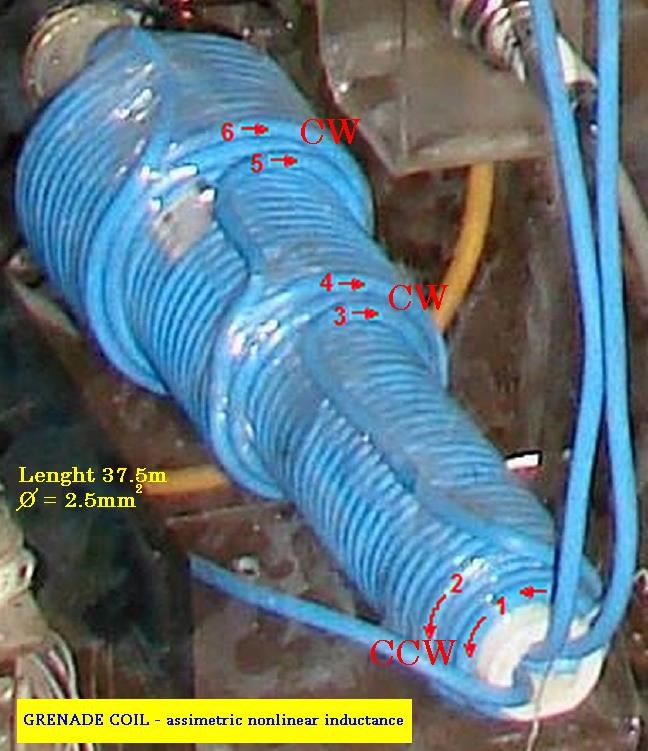
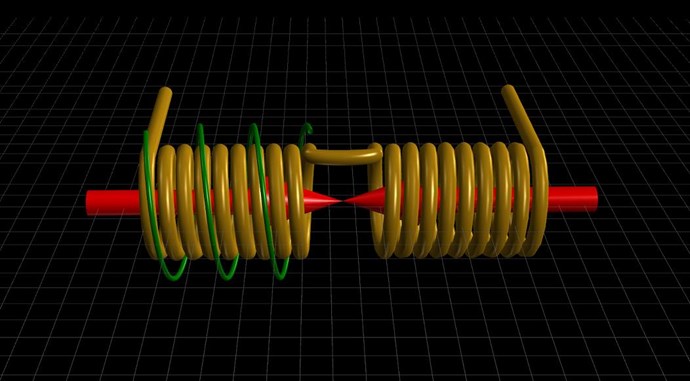




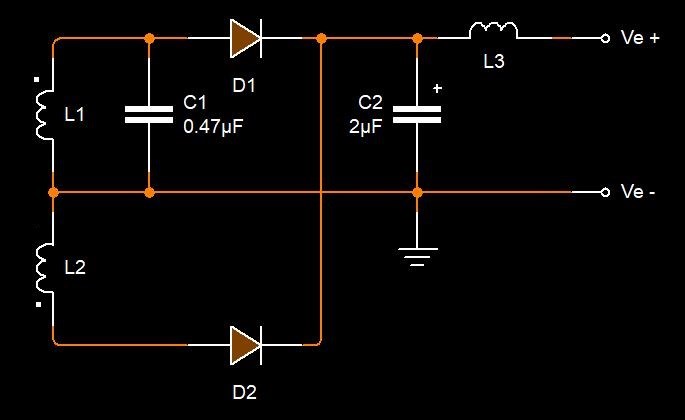
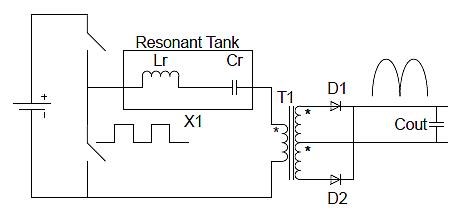








.jpg?width=50&crop=0,0,50,50)
.jpg?width=690&upscale=false)
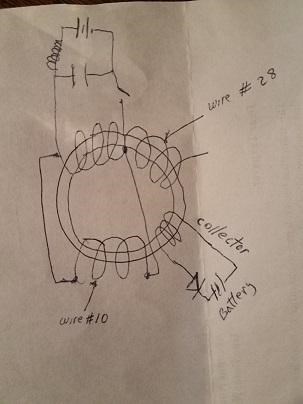
.jpg?width=20&crop=0,0,20,20)






